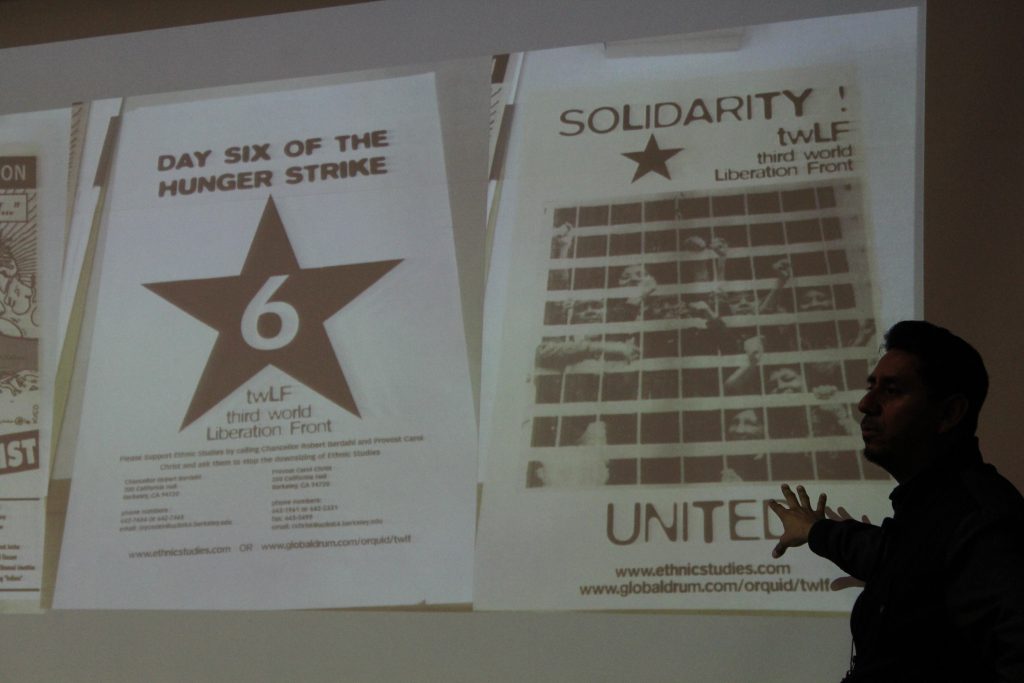Note: I have lower-cased certain words, mostly historically oppressive proper nouns, as a political acknowledgement of power in language. This reverses what is superior and inferior, disrupting those historic dynamics. I have also chosen to publicly lower case my own name in order to extend my presence and to persuade the focus on the writing and not who I am.
In the summer of 2012, Cal State Fullerton hosted students from the Anaheim Union High School District for “GEAR UP University,” a multiple week program for students participating in the CSUF’s GEAR UP program to experience what college would be like with college professors and a college level curriculum.
High school students were able to take an Ethnic Studies class that summer with professor of Chicana/o studies Dr. Alexandro Jose Gradilla. After being forced to attend the program by my resilient Mom, I sat at the back of Gradilla’s class and slowly got closer to the front as the course went on.This class and program saved my life.
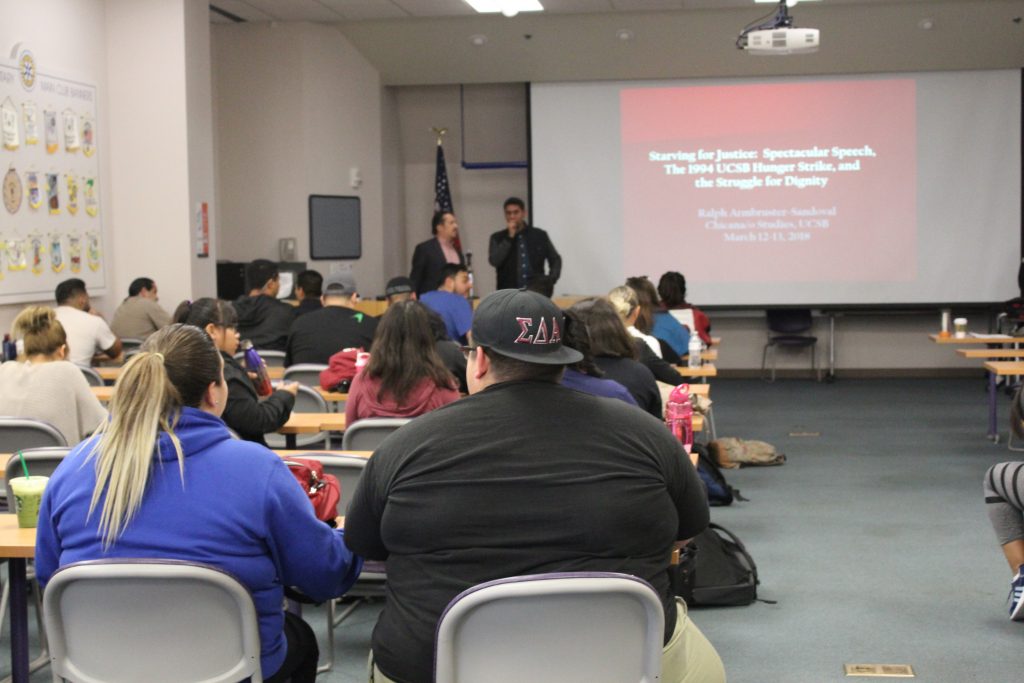
Before GEAR UP University, there were the Hunger Strikes in the 1990s across college campuses that made such programs possible. Now 19 years after the 1999 action at uc berkeley* Dr. Gradilla this past Monday invited uc berkeley* hunger striker Rafa Solorzano to share his experience. Mr. Solorzano (and future Dr. Solorzano) is an organizer and educator with educational, cultural work that has left a print all over the country. He is from what is currently santa ana and is also a PhD candidate at ucla
The night was held in a lecture hall in the middle of Pollak Library with current undergraduates, alumni, community members and even another hunger striker, Dr. Edwin Lopez who is currently a faculty member in the Sociology Department.
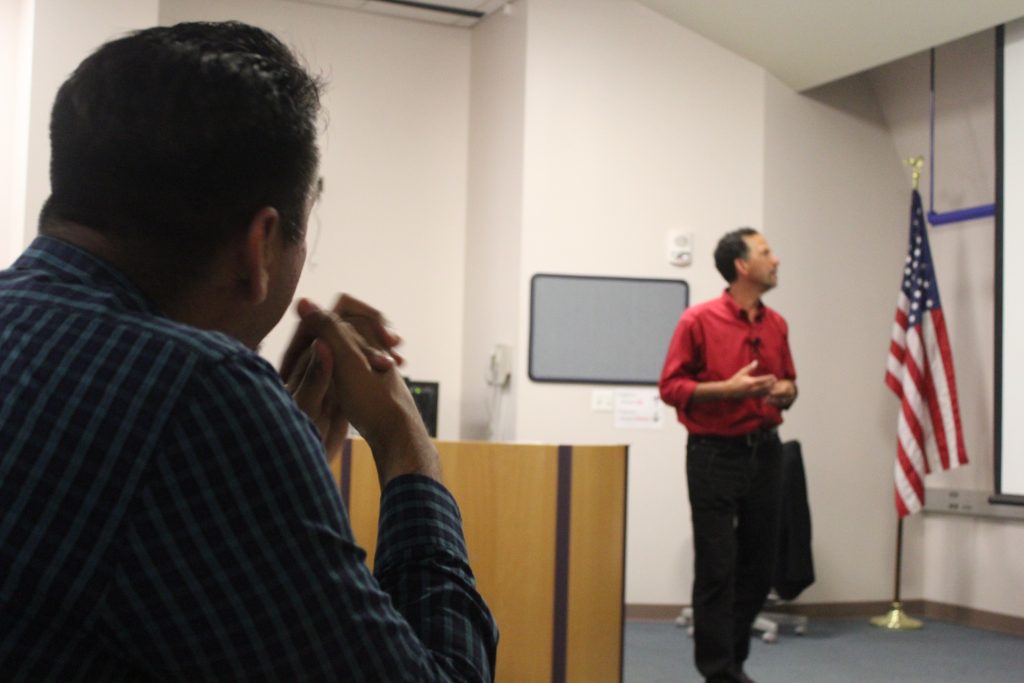
Professor of Chicana/o Studies at uc santa barbara, Dr. Ralph Armbrsuter-Sandoval, who was also invited by Dr. Gradilla- started the evening centering all of us around the reality that the history of public actions like hunger strikes dates back decades and even centuries.
Fasting as public demonstrations to injustice specifically as Armbruster-Sandoval noted, dates back to pre-Christian Ireland to the fasts that would happen at the door step of someone who did you wrong. Allowing a person to starve in-front of your door step was seen as a great dishonor. Hunger strikes have then become inspired by such as acts of making public the injustice and shaming those in power who have caused pain.
Armbruster-Sandoval emphasized that in HIStory we’re taught primarily the demonstrations of Mahatma Gandhi and Cesar Chavez- erasing the HERstories of women who have also starved for actions.
There has always been a herstory of women, femme and non binary people who have engaged in actions of freedom. Including but not limited to the women who were forcibly fed during the Women’s Suffrage Movement to Irom Sharmila who launched her fast unto death demanding to revoke AFSPA from Manipur in the year 2000 and most recently the undocumented queer youth fasting at Black Panther Park demanding an end to the Santa Ana ICE Contract.
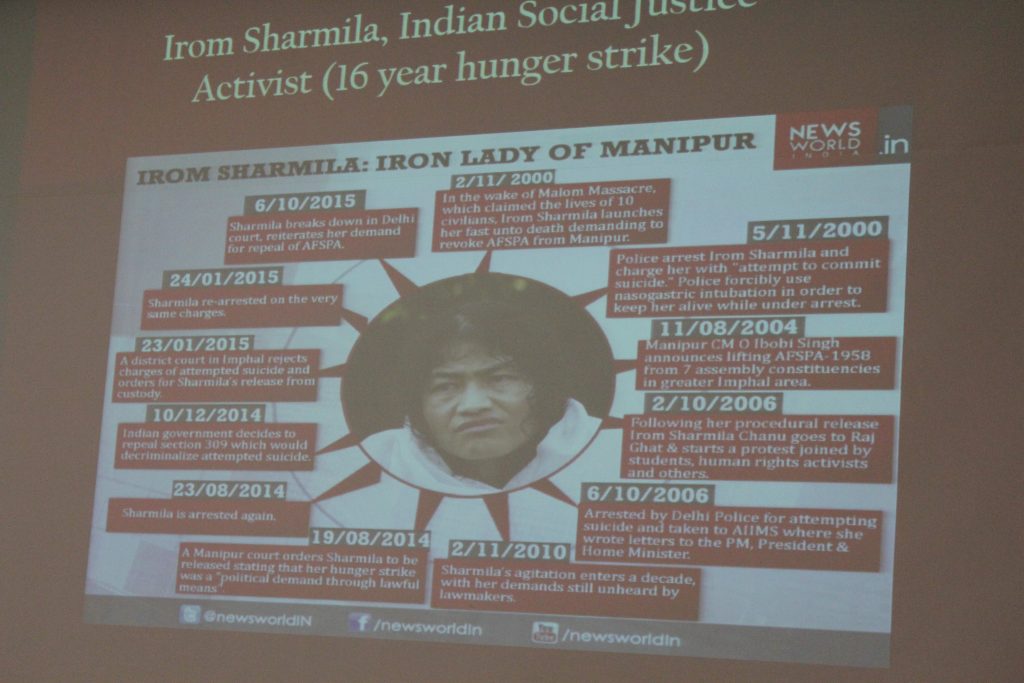
These however, are only the stories that have been documented.
Hunger strikes and public demonstrations are far more complex than what is documented by public media. There are people who behind the scenes supported hunger strikers. They were students, parents, university staff and community who supported the efforts of students at uc berkeley, uc santa barbara, stanford and at ucla.
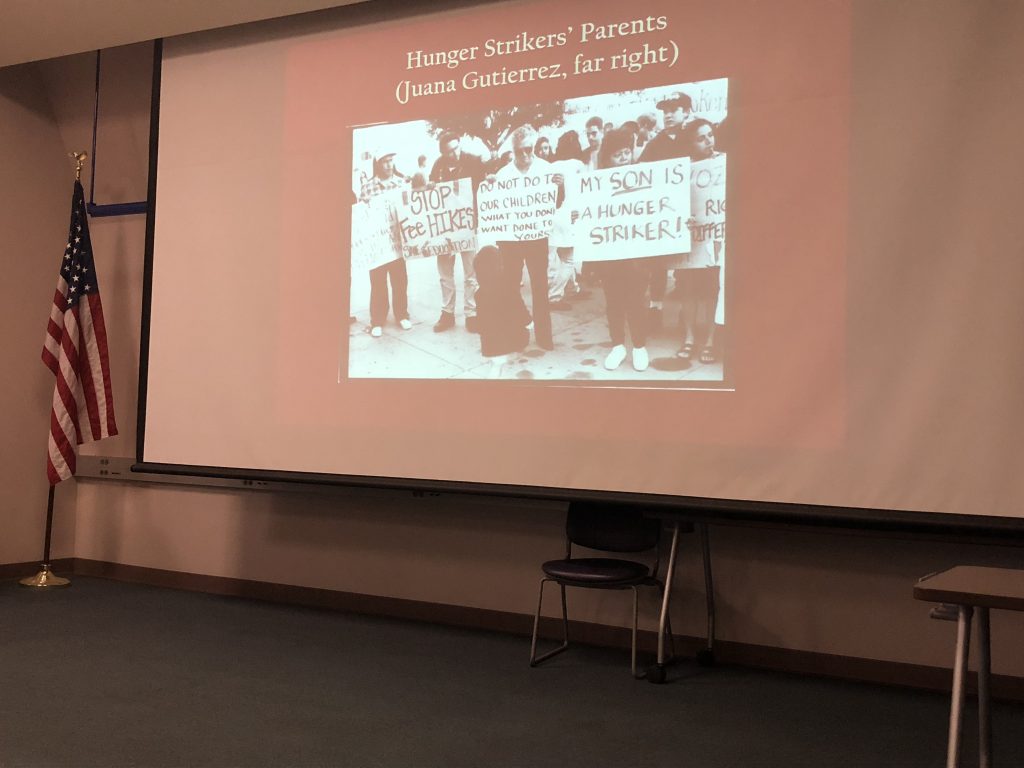
After multiple questions from students and community, there was already a warmth in the room- an honest energy yearning to know what could be done now. Rudy Aguilar a graduating senior at CSUF asked in the context of such warmth and eagerness to do something in Orange County, “where can I continue seeking that guidance, that voice that power?”
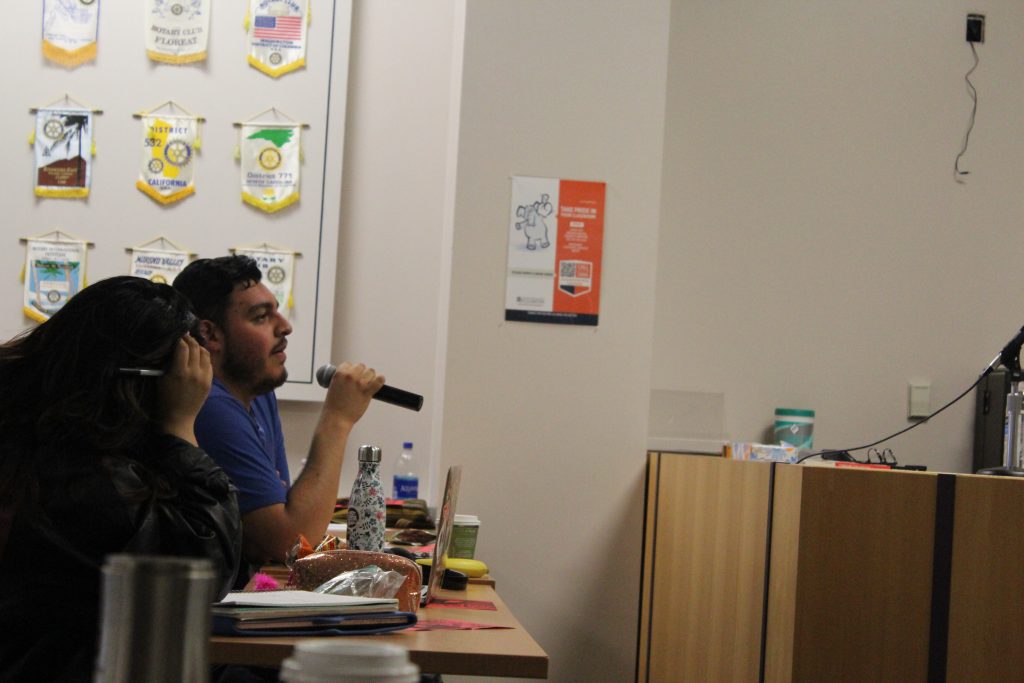
Rafa Solorzano grew up in Santa Ana with two older sisters who were MEChisTAs and parents who organized meetings in their backyard to stop the closing of the swapmeet they worked in, a sacred space that would later become the headquarters of the current Santa Ana police department.
In 1996 the Solorzano sister’s made him apply to berkeley as he noted in his statements on Monday. It was there were he got to teach Raza and Ethnic studies at local schools in East Oakland through MEChA which he reflects was something that allowed him to see the direct pipeline students and community organizing had to uc berkeley.
“It wasn’t just organizing happening at the University” Solorzano clarified, “It was an extension of what we were doing for many years in the East Bay.”
By the time the uc chancellors wanted to gut Ethnic studies in 1999, the power of people both in and outside of the campus was leveraged.
“It was an extension of me being a raza studies teacher,” Solorzano slowed down when he said this. “I participated in the hunger strikes because of my raza studies students.”
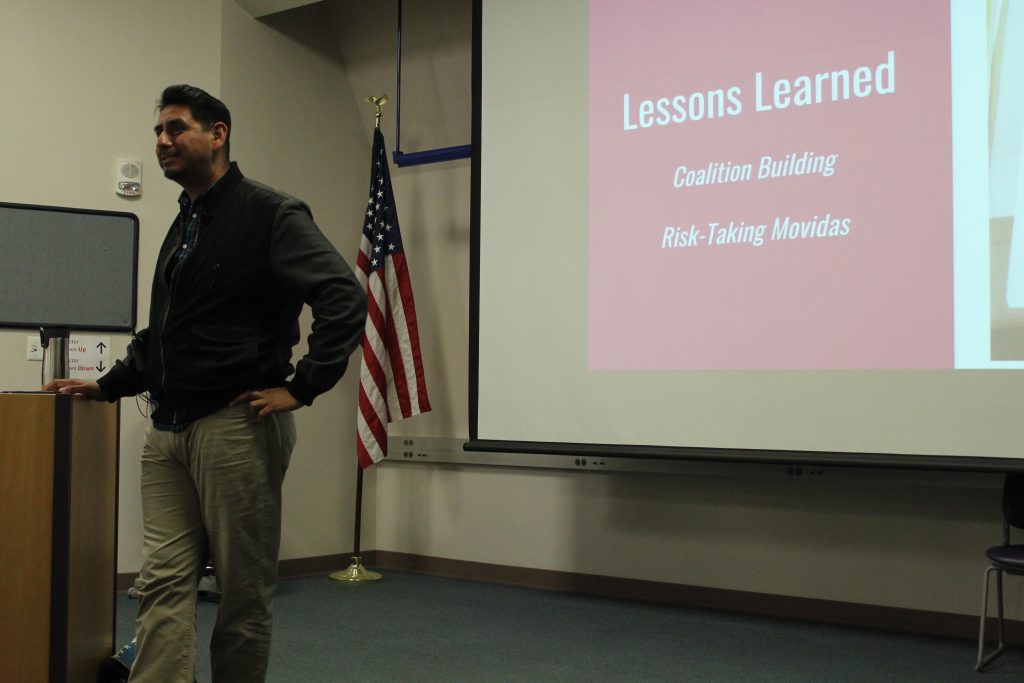
When I was in high school, I wasn’t able to be a Raza studies student in Solorzano’s class but I was a student of Dr. Gradilla’s who was a graduate student when Solorzano was a hunger striker. I want to thank both of them endlessly now, in this moment and always- their past and current efforts continue to foster the needed healing and transformation that this county desperately needs.
I’ve gotten to know Rafa Solorzano through social media posts and conversations in orange county well before I attended ucla. You can’t go to any space of transformation in Santa Ana without Rafa’s legacy.
And when I asked him for some guidance on my own projects, he challenged me the same way I’m sure he challenged young people in the bay area years ago, to look beyond what I see now and to dream longer and larger.
—
Authors note: Dr. Ralph Armbrsuter-Sandoval wrote a book on the history and legacy of the hunger strikes that was recently published titled Starving for Justice: Hunger Strikes, Spectacular Speech, and the Struggle for Dignity.
There is a documentary on the hunger strikes you can watch for free here: https://vimeo.com/23242564 (yes Rafa is in it).
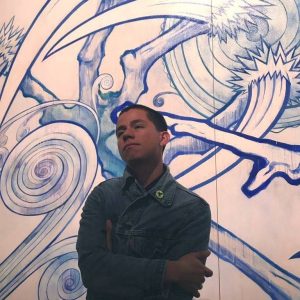
is an undocumented queer writer and researcher based in Los Angeles, CA via Acapulco Guerrero Mexico. They are the co-editor of Chispa OC with Hairo Cortes. They’ve written for research initiatives at UCLA and UCI and currently contributing to the OC Weekly. Before researching and writing full time, they were a youth organizer in Anaheim for five years with OCCCO. Fun fact: Francisco is also an alum of the Macondo Writers Workshop where they met Karla!
Follow francisco

